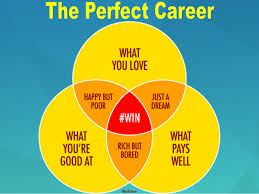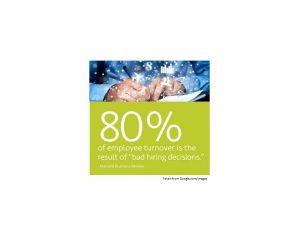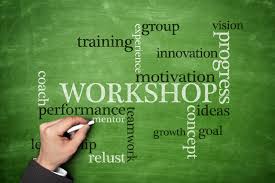“If you don’t know where you want to be in five years, you’re already there!” Elizabeth Gilbert
“When my daughter graduated from college years ago, she was uncertain what she wanted to do. She had worked in an office and a restaurant. Now, she was looking for a career, not a job.
Due to her initiative and her conversations with me, I referred her to Jeannette Seibly, SeibCo. (Jeannette had been helping my company with hiring and management concerns for several years.)
In less than a month of working with Jeannette, she was ready! She had clarity of what she wanted to do, would be good at and the type of companies to look for. Armed with all this information and coaching, she chose a position in sales. Because of her career preparation, she only considered companies that provided training that fit her interests.
It’s now 11 years later and she has worked in three different sales positions in two different industries. She has earned a six figure income for many of those years and has always been one of the top two performers in each company.
Because she took the time to clarify her career direction and utilized the right tools, she had the information she needed to get on the right career path for her – and, she’s had a very successful career. Jeannette customized the process for my daughter — worth every penny. My daughter’s initiative has paid her (and me) back 1,000 fold.” DP, Executive and Very Happy Mother
Many employees today are unhappy and dissatisfied with their careers, work responsibilities and job prospects. Statistically, about 63 to 79 percent are in the wrong job, career, industry, profession, company, etc. Yet, many fail to take the time, expend the energy and make the investment to find the right career path that fits them for the long term. They believe in the myth that there is a right time to find the right career path; and it will happen … someday … in the future. Or, they are waiting for their employer, parents or others to provide that information to them. The problem is, it never happens without taking the initiative and doing the right things for ourselves.
The solution to determining career fitness
The Pathway PlannerTM uses the same assessment information (based upon the world’s largest validation and reliability studies) that thousands of companies use to hire. (Contact http://SeibCo.com/contact.) This educational and career planning tool helps people discover what career possibilities best suit them at any age (16++). The key, like anything, is taking action and learn about different career paths that may fit. SeibCo provides the how-to-do-it in the book, It’s Time to Brag! Career Edition, (Time2Brag.com). This book also includes networking and interviewing advice for success.
To get career fit, contact SeibCo today: http://SeibCo.com/contact
To purchase the book, “It’s Time to Brag! Career Edition” go to: http://Time2Brag.com
©Jeannette Seibly, 2015 All Rights Reserved
Jeannette Seibly is an award-winning and internationally recognized business advisor. For the past 23 years, she has helped thousands of people work smarter, enjoy financial freedom, and realize their dreams now. She has an uncanny ability to help her clients identify roadblocks, and help them focus to quickly produce unprecedented results. Each client brings their own unique challenges, and her gift is helping each one create their success in their own unique way. Along the way, with her commitment, she helped create three millionaires.





